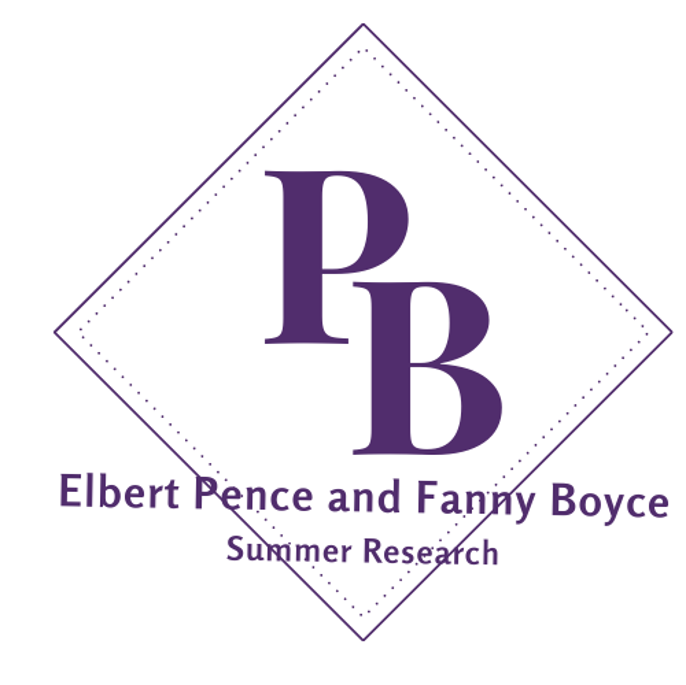Survey of the Performance of Gold Nanoparticles Within an ssDNA-Stabilized Biosensor for the Detection of Hg2+
Date of Award
Summer 2023
Degree Type
Thesis
Department
Chemistry
First Advisor
Dr. Bruce Heyen
Abstract
Methods
5 nm AuNPs were synthesized by combining solutions of HAuCl4 and sodium citrate, followed by dropwise addition of NaBH4 solution and aging for 24 hours. Additionally, Hg-bound poly(30)T ssDNA oligos were prepared by incubating with HgCl2 solution, with exonuclease I being added to denature unbound DNA. Aliquots of the AuNP solution were then treated with the ssDNA, either Hg-bound or non-Hg bound, and UV-vis and fluorescence spectra were taken of the samples with a Shimadzu UV-1280 spectrophotometer and a Hitachi F-2500 fluorescence spectrophotometer.
Results & Discussion
The UV-vis spectral data of the non-Hg bound AuNP/ssDNA complex samples did not show the expected red shift of absorbance versus the control data, as is normally evidence of the complex formation[3]. However, the shift was observed across all the Hg-bound samples at a lesser absorbance. The Hg-bound samples also emitted a fluorescence signal at approximately 791 nm when excited at peak absorbance wavelength (518 nm), though the quantifiable difference between it and the control signal was highly inconsistent across the data. Therefore, mercury ions could not be reproducibly detected by the fluorescence signals emitted, and the biosensor formation method may need to be revised or may not be adequate in nature for this purpose.
Recommended Citation
Zagajowski, Madalyn, "Survey of the Performance of Gold Nanoparticles Within an ssDNA-Stabilized Biosensor for the Detection of Hg2+" (2023). Pence-Boyce STEM Student Scholarship. 21.
https://digitalcommons.olivet.edu/pence_boyce/21


